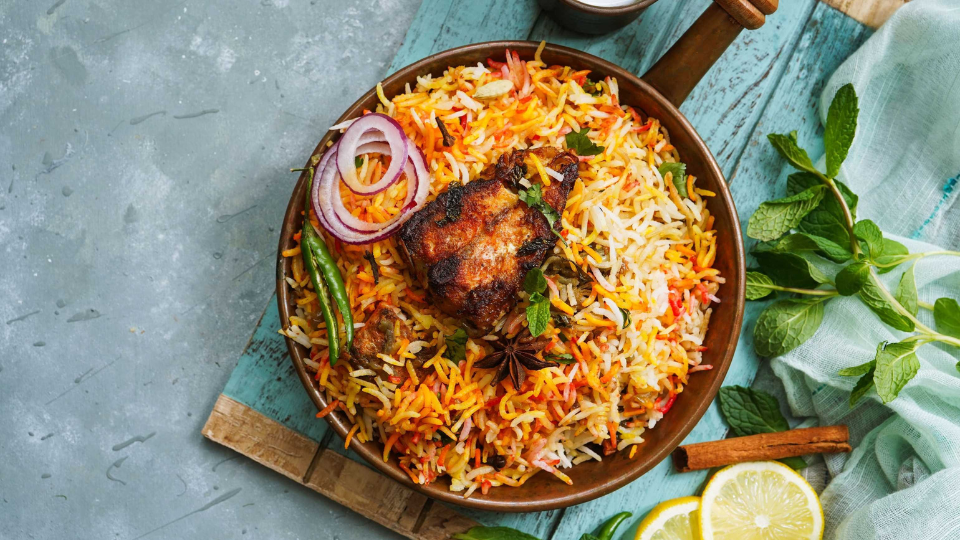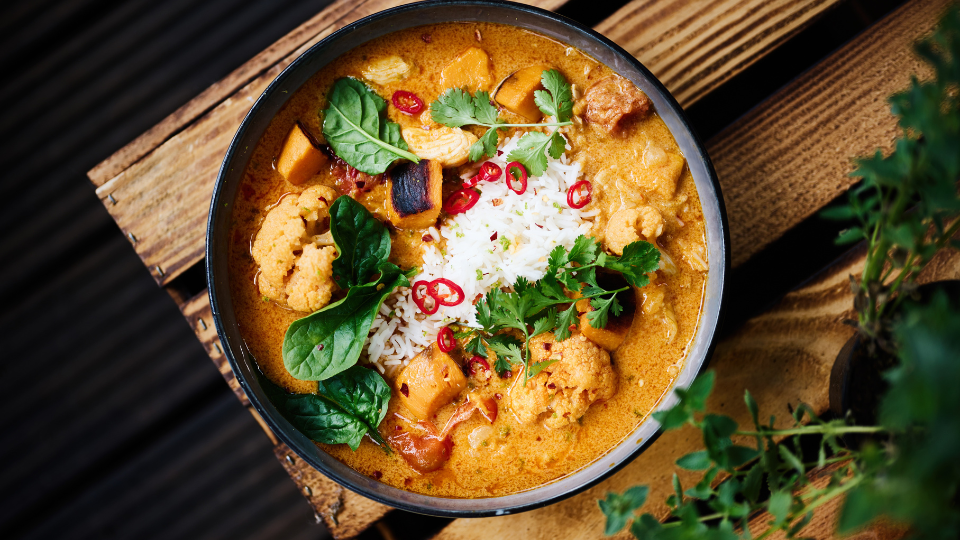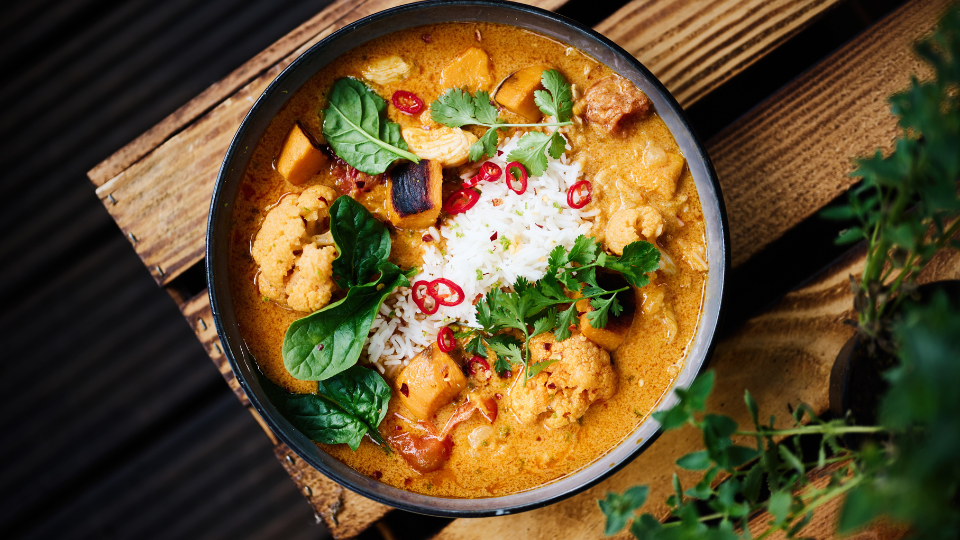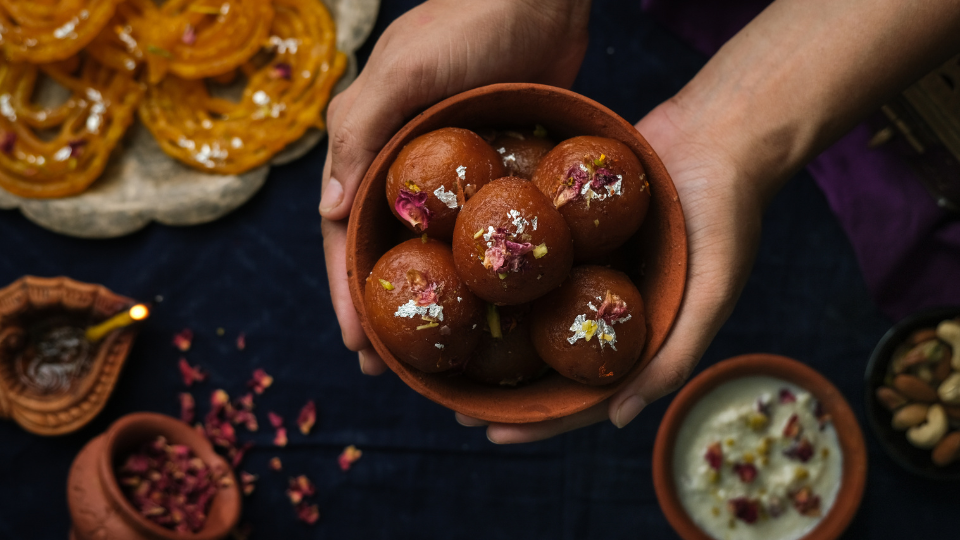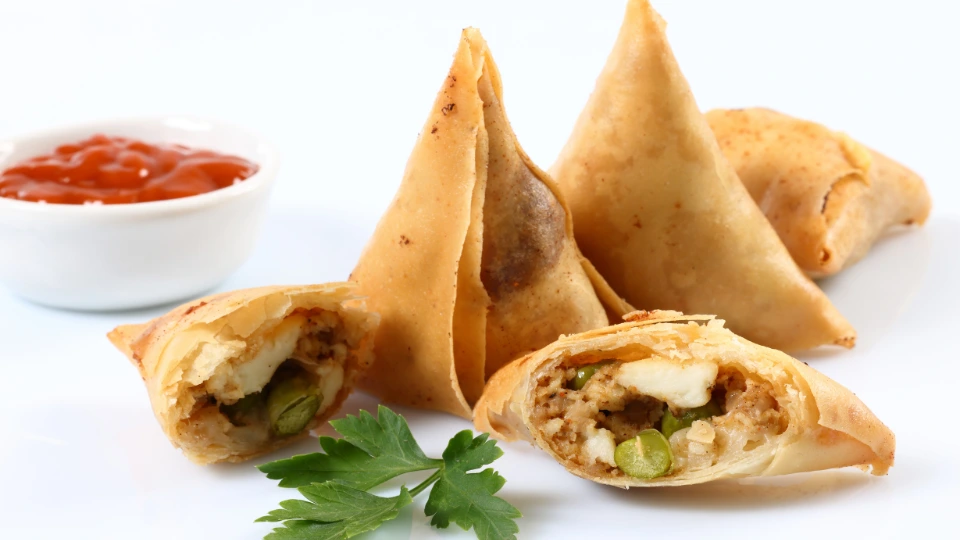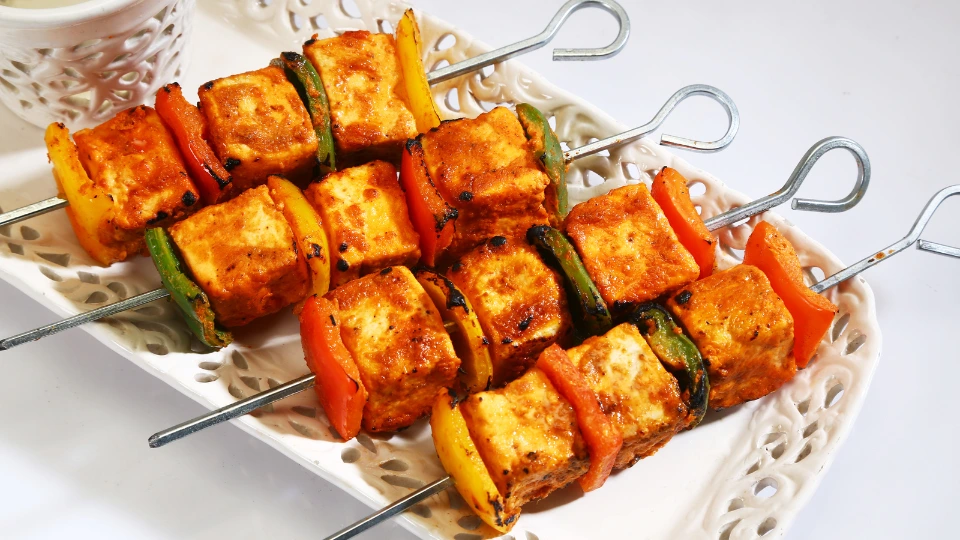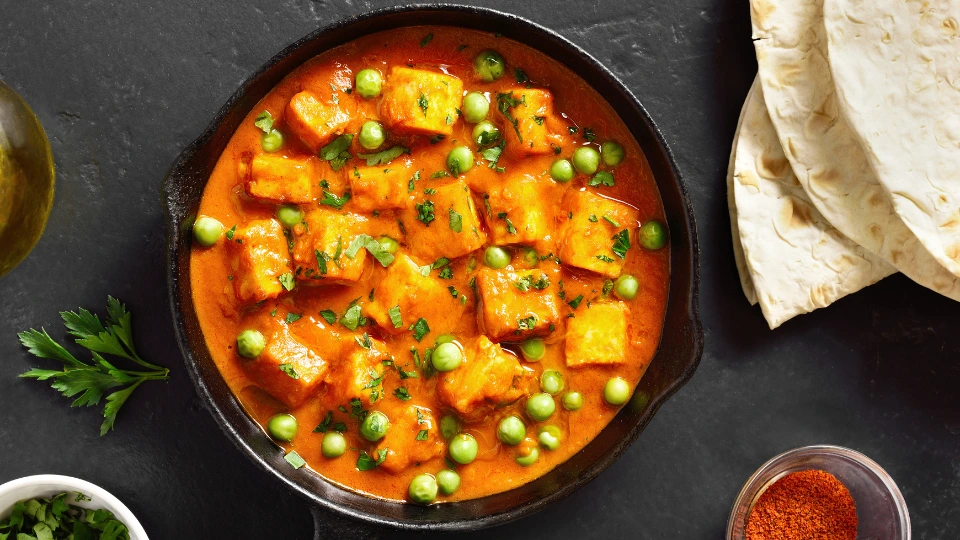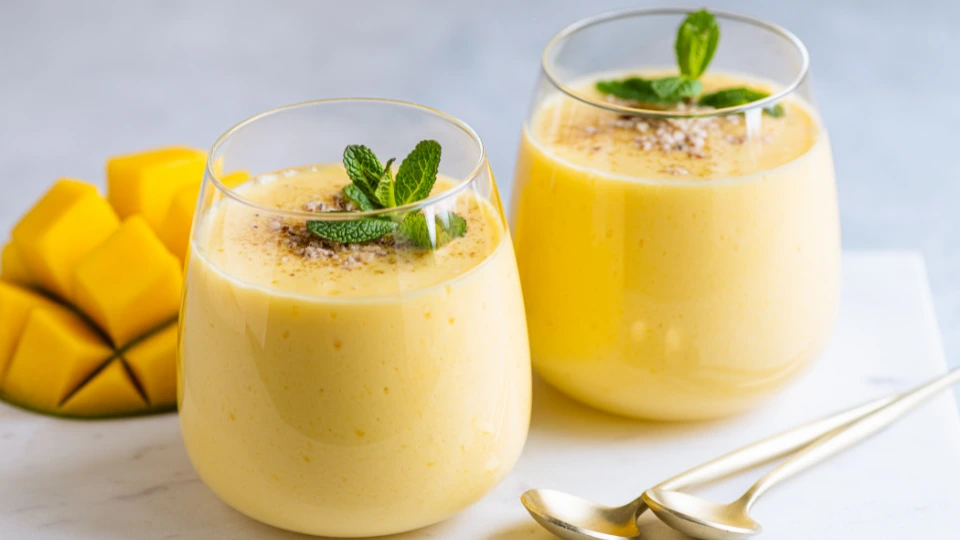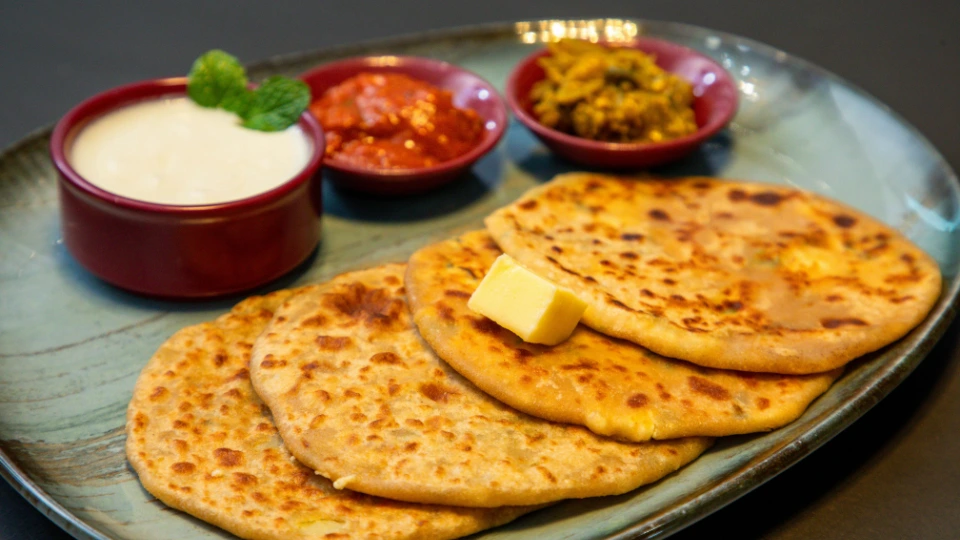Introduction
Have you ever searched for “Indian food near me” after a long day, wondering where you can take your family for a hearty and satisfying meal? Families often look for places where everyone can find something they love, whether it’s mild flavors for the kids or spicy dishes for adults. Indian cuisine naturally fits this need, offering variety, tradition, and a family-friendly dining experience. The phrase Indian food near me has become more than just a search—it represents a craving for rich flavors and memorable dining moments.
In this blog, we’ll explore why Indian food is the perfect choice for families looking for dining options nearby. From variety and nutrition to ambiance and cultural richness, you’ll discover how Indian cuisine brings people together. We’ll also highlight why Maharaja Riyasat stands out as one of the best family-friendly restaurants in Canada. Ready to uncover why Indian dining is the right choice for your next family meal? Let’s dive in.
Things to Know Before Choosing Indian Food Near Me for Families
When deciding on family-friendly dining options, there are several aspects to consider. Indian cuisine shines because it checks multiple boxes at once: variety, balance, affordability, and cultural experience. Families often want meals that cater to all age groups, promote health, and provide a comfortable atmosphere, which is exactly what Indian food offers.
Below are some essential factors you should know before choosing an Indian restaurant for your next family outing.
Variety of Dishes for All Ages
Indian cuisine is known for its incredible variety. From creamy curries and flavorful rice dishes to fresh breads and snacks, every family member can find something that suits their taste buds. For kids, mild favorites like butter chicken or paneer butter masala offer rich flavors without overwhelming spice. Adults can explore spicier options like chicken tikka masala or lamb vindaloo.
The diversity also extends to dietary needs. Whether you’re vegetarian, vegan, or gluten-free, there are plenty of choices available. This makes Indian restaurants an easy option for large family gatherings where preferences vary. You can read more about the differences in dishes like paneer butter masala vs. shahi paneer to understand how families can enjoy variety on the same table.
Healthy & Balanced Options
Health-conscious families often worry about dining out, but Indian cuisine offers many balanced meals. Lentils, chickpeas, fresh vegetables, and lean meats are staples in many dishes. Families can enjoy protein-rich dals, fiber-packed rotis, and antioxidant-rich spices that support digestion and immunity.
Additionally, parents can feel good about their kids eating nutritious meals without sacrificing taste. Indian cuisine naturally incorporates superfoods like turmeric, cumin, and ginger. For a deeper dive into this aspect, check out how exploring the rich spices of Punjabi food can bring both health and flavor to the table.
Dining Atmosphere Matters
When families choose a restaurant, ambiance is as important as food. Indian restaurants often focus on a welcoming and festive environment, making dining more enjoyable for all ages. Spacious seating, colorful décor, and friendly staff contribute to a family-friendly atmosphere where everyone feels comfortable.
At Maharaja Riyasat, the setting is designed for both casual family meals and special celebrations. The blend of elegance and warmth ensures that whether you’re dining with toddlers or teenagers, the atmosphere feels inviting. This makes it a preferred spot for families looking for both quality food and memorable dining experiences.
Value for Money
Dining with a family can get expensive, which is why value for money is a major factor. Indian restaurants often provide large portions, making it easier to share dishes across the table. Families can order a mix of curries, breads, and rice dishes, ensuring everyone gets a taste without overspending.
Many restaurants also offer buffet options or family platters that make dining even more affordable. Whether it’s weekday dinners or weekend feasts, Indian food ensures that families can dine well without breaking the bank. For example, best Indian food delivery for busy nights shows how families can enjoy great meals without stretching their budget.
Cultural Experience with Food
Food is more than just a meal—it’s an experience. Indian cuisine introduces families to a rich cultural heritage filled with traditions, stories, and customs. Sharing naan, tasting regional curries, or trying biryani together becomes a way of exploring India’s culinary diversity.
Families looking to make dining not just about eating but about bonding and learning will find Indian restaurants ideal. To understand more about the cultural angle, Punjabi food culture highlights how Indian food goes beyond taste and becomes a journey of togetherness.
Top Indian Dishes Families Love
Families searching for “Indian food near me” will quickly realize that the menu is full of dishes that appeal to all ages. Butter chicken, naan, samosas, and biryani are universally loved. Kids often enjoy the mildness of paneer-based dishes, while adults might prefer spicier gravies or tandoori specialties.
For larger family gatherings, sharing favorites like chicken tikka masala, lamb korma, or dal makhani ensures variety and satisfaction. At Maharaja Riyasat, these classics are prepared with authenticity, making them perfect for family dining. Explore the full menu to plan your next meal.
How Indian Food Encourages Family Bonding
Food is central to family bonding, and Indian dining naturally promotes sharing. Instead of ordering separate plates, families often order multiple dishes and enjoy them together. This communal style of eating strengthens connections and allows everyone to try different flavors.
Parents also find it easier to introduce children to new foods when dining this way. Sharing naan, spooning curry onto rice, or passing around samosas makes the meal feel interactive and fun, building memories around food.
Indian Food Catering for Family Gatherings
Special occasions like birthdays, anniversaries, or cultural festivals call for family feasts. Indian restaurants offer catering services that make it easy to host large gatherings without the stress of cooking. From appetizers to desserts, catering menus cover everything for a complete meal.
Maharaja Riyasat provides catering options designed for family celebrations. With authentic recipes and large-scale service, they make sure no guest leaves hungry. To make a reservation for your next family gathering, visit the reservation page.
Exploring Regional Indian Flavors with Kids
Introducing children to diverse cuisines can shape their palate and appreciation for food. Indian cuisine, with its regional differences, offers families a chance to taste flavors from Punjab, Kerala, Gujarat, and beyond. Each region brings its unique spices, cooking methods, and dishes.
Exploring these regional specialties becomes both educational and enjoyable. For example, Punjabi dishes are often rich and creamy, while South Indian meals feature lighter rice-based dishes. Families can learn more by visiting guides like your guide to Punjabi dining in Vaughan.
Why Indian Buffets Are Great for Families
Buffets are a family favorite because they let everyone sample multiple dishes without committing to one entrée. For children, this means trying small portions of different foods, while adults can indulge in both vegetarian and non-vegetarian options.
Buffets also make budgeting easier since one fixed price covers a wide variety. Families can enjoy everything from starters to desserts without worrying about individual dish costs. At Maharaja Riyasat, buffets are curated with authentic Indian favorites, making them perfect for family outings.
Why Choose Maharaja Riyasat for Indian Food Near Me
When searching for Indian food near me, families deserve a place that offers authenticity, variety, and a welcoming environment. Maharaja Riyasat goes beyond being just a restaurant—it’s an experience. With carefully crafted dishes, a royal ambiance, and a customer-first approach, it stands out as the ideal choice for family dining.
From fresh ingredients to traditional recipes, the restaurant ensures every meal feels like a celebration. Families who visit once often return for the consistency in flavor and service. Whether it’s casual dining or a grand occasion, Maharaja Riyasat is your go-to destination.
For location details and service options, check out the Mississauga location page.
Conclusion
Indian food is more than just a cuisine—it’s an experience that brings families closer together. With its variety, nutrition, affordability, and cultural richness, Indian dining is a perfect choice for families. From the excitement of buffets to the comfort of classics like butter chicken, every meal becomes a chance to bond and enjoy.
Maharaja Riyasat combines all these elements, offering a family-friendly atmosphere, authentic recipes, and exceptional service. Whether you’re planning a casual dinner or a special celebration, this restaurant ensures unforgettable experiences. Next time you search for Indian food near me, remember that Maharaja Riyasat is ready to welcome your family with open arms.
Summary
Families searching for “Indian food near me” want variety, nutrition, value, and atmosphere—all of which Indian cuisine delivers. From exploring regional flavors and sharing family platters to enjoying buffets, Indian dining offers something for everyone. With added cultural experiences and authentic flavors, families not only enjoy food but also create lasting memories.
Maharaja Riyasat emerges as the top choice for families in Canada. With its rich menu, elegant setting, and commitment to quality, it ensures that every family meal feels like a royal experience. So whether it’s a weekday dinner or a grand occasion, choose Maharaja Riyasat for the ultimate family-friendly Indian dining.

